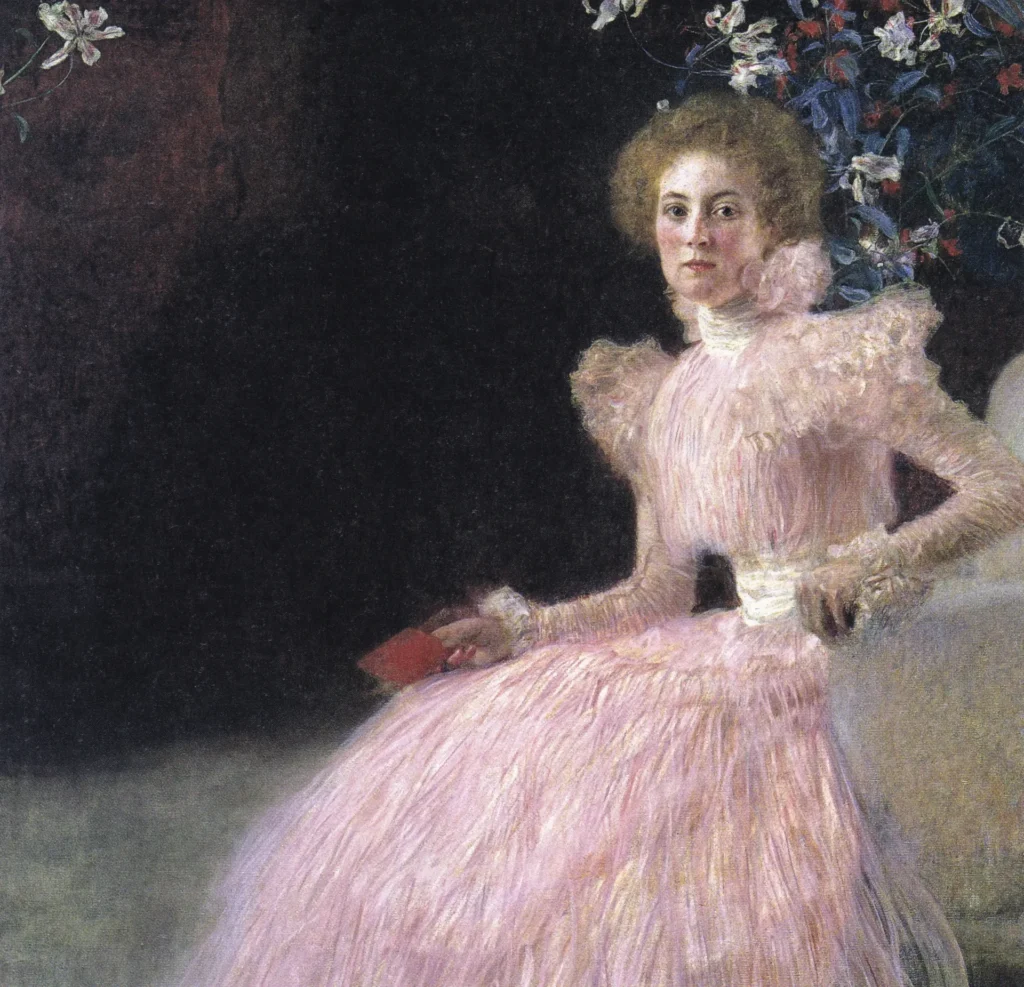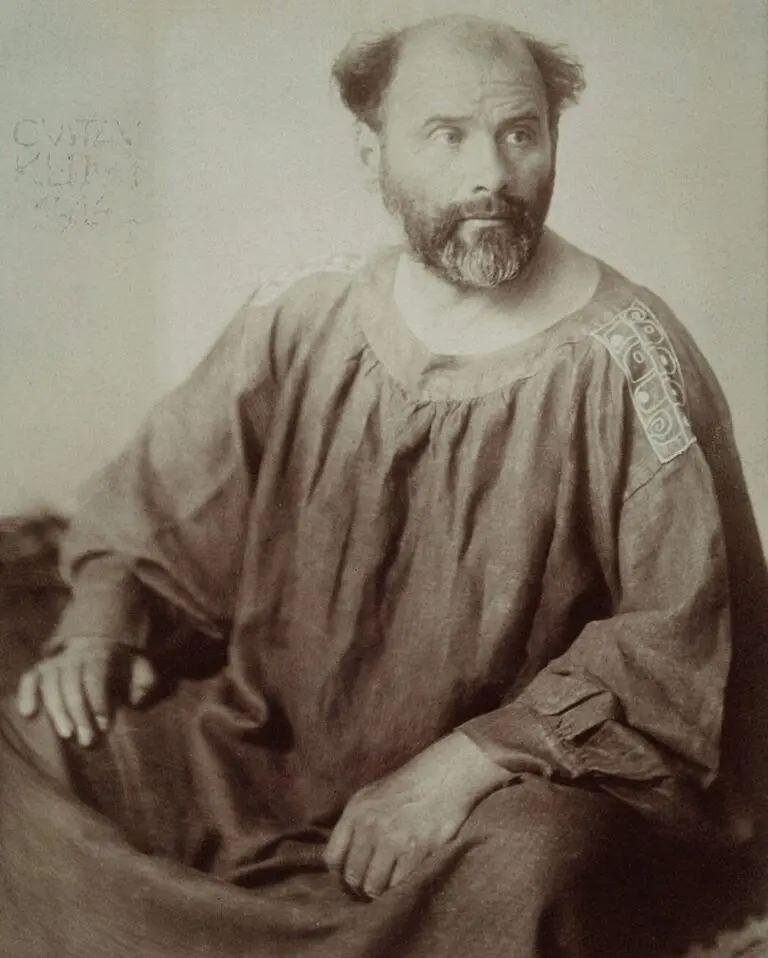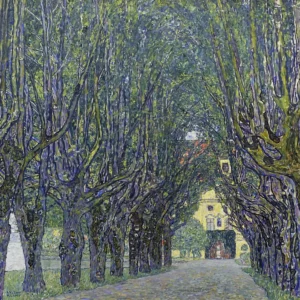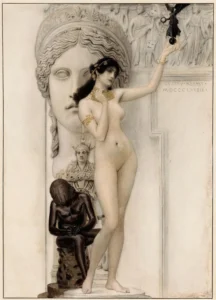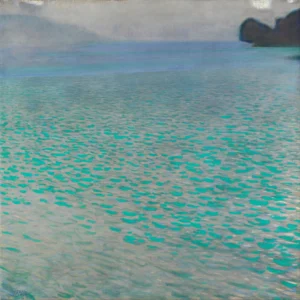Bildnis Sonja Knips (1898)
Created in 1898 by Gustav Klimt, Bildnis Sonja Knips is a stunning representation of the Art Nouveau movement. This portrait depicts Sonja Knips with a blend of geometric forms and symmetry that reflects Klimt's innovative approach. Notably showcased at the 2nd Exhibition of the Vienna Secession, this piece symbolizes a turning point in Klimt's artistic career, accentuating his transition to a more decorative style that would define his later works.
Year 1898
About the Artwork
The origin of Bildnis Sonja Knips is deeply intertwined with the Vienna Secession movement, which aimed to challenge and redefine traditional artistic conventions. Created during a pivotal time in Gustav Klimt's career, this portrait illustrates the young Sonja Knips, who was not only a sitter but also a remarkable figure in her own right. The year 1898 marked a resurgence in Klimt's creativity after a phase of stagnation, and this work is often credited for establishing him as one of the leading artists of the Art Nouveau era. The piece's exhibition at the Vienna Secession provided a platform for Klimt to showcase his new artistic direction, paving the way for future masterpieces.
Did You Know
The 2nd Exhibition of the Vienna Secession, where Bildnis Sonja Knips was first displayed, was a vital turning point for Klimt and his contemporaries, emphasizing a break from traditional and academic art practices.
Klimt often used symbolism in his works, and in this portrait, the intricate patterns and geometric forms can be interpreted as a reflection of both beauty and the complexities of feminine identity.
Bildnis Sonja Knips showcases the influence of decorative arts on Klimt’s painting style, which became a hallmark of his artistic identity, contributing to a uniquely textured and visually captivating approach in his subsequent works.




